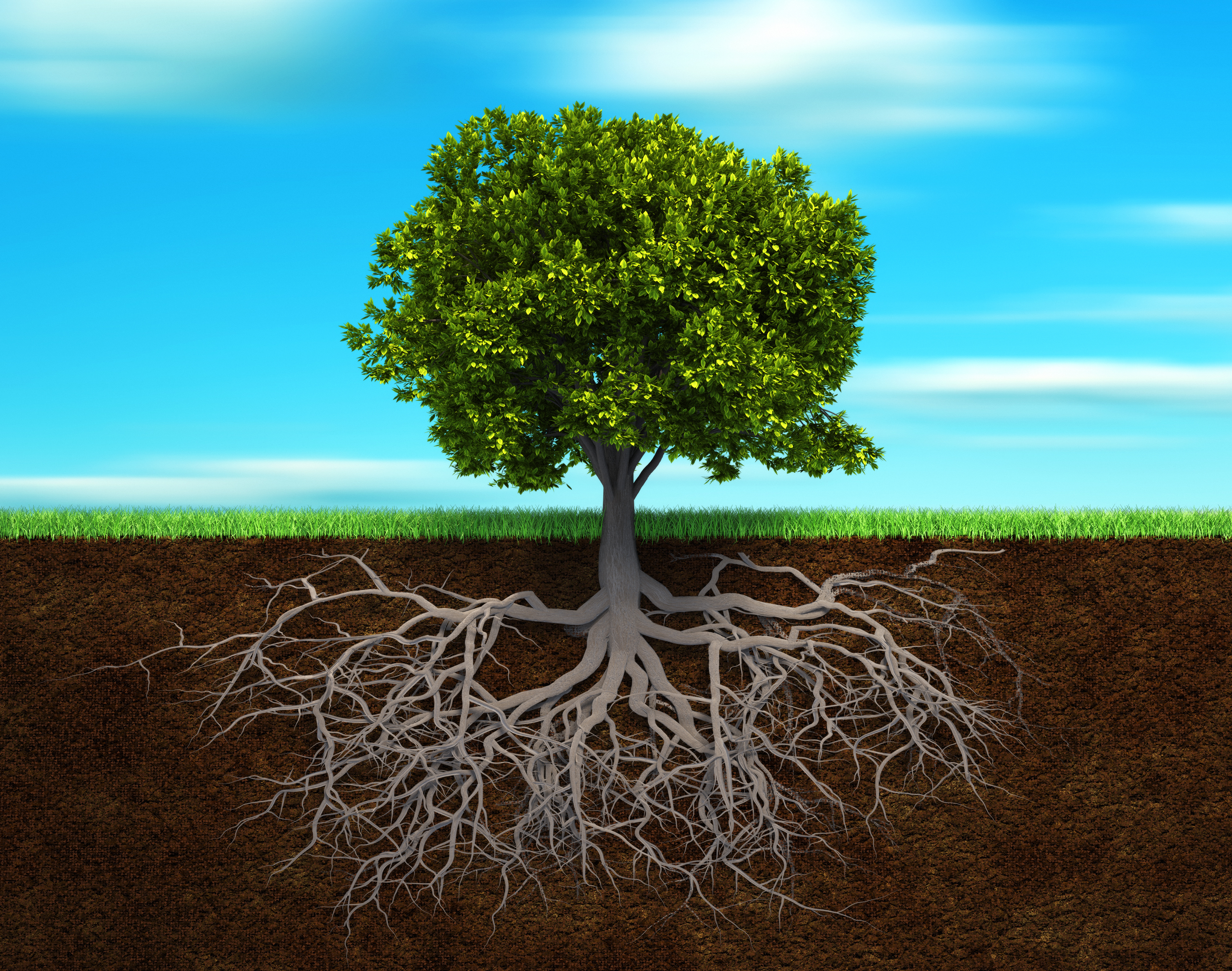- Type: Article
- Locations: Acadia National Park, Appalachian National Scenic Trail, Boston Harbor Islands National Recreation Area, Eleanor Roosevelt National Historic Site, Home Of Franklin D Roosevelt National Historic Site, more »
- Offices: Inventory and Monitoring Division
- Denali National Park & Preserve
Outside Science (inside parks): Voles at Denali National Park & Preserve
- Type: Article
- Locations: Rocky Mountain National Park
- Offices: Continental Divide Research Learning Center
Learn more about limber pine conservation.
- Type: Article
- Locations: New River Gorge National Park & Preserve
- Offices: Eastern Rivers and Mountains Inventory & Monitoring Network, Inventory and Monitoring Division
- Type: Article
- Locations: Acadia National Park
- Offices: Inventory and Monitoring Division, Natural Resource Stewardship and Science Directorate, Northeast Temperate Inventory & Monitoring Network

cadia’s forests is that they are in good condition. In fact, Acadia’s forests are in better condition than many national parks south of us, which are often seriously impacted by invasive plant species or overabundance of white-tailed deer—often both. But to the layperson's eye, the forests may look 'messy.' Learn more about how Acadia's messy forests are healthy.
- Type: Article
- Locations: Acadia National Park, Allegheny Portage Railroad National Historic Site, Antietam National Battlefield, Appomattox Court House National Historical Park, Bluestone National Scenic River, more »
- Offices: Inventory and Monitoring Division
- Type: Article
- Locations: Acadia National Park, Allegheny Portage Railroad National Historic Site, Antietam National Battlefield, Appomattox Court House National Historical Park, Blue Ridge Parkway, more »

Forests in the northeastern U.S. are in peril. Over-abundant deer, invasive plants, and insect pests are negatively impacting park forests, threatening to degrade the scenic vistas and forested landscapes that parks are renowned for. With regional collaboration, parks can manage these impacts and help forests be resilient. This article series explores tools available to park managers to achieve their goals.
- Type: Article
- Locations: Golden Gate National Recreation Area, Muir Woods National Monument

One Tam partners released the first-ever assessment of the health of Mt. Tamalpais. It was the first time that over 60 One Tam partner staff and scientists from across the region came together to look at indicators of health. We analyzed these indicators, such as special wildlife species and plant communities, at a landscape-scale to develop an overall picture of health for the mountain.
- Acadia National Park
Research Brief: Exploring landscape change in Acadia with historical aerial imagery and modern photogrammetry
- Type: Article
- Locations: Acadia National Park

In order to prepare for the future, it is essential to look to the past. The story of northern forests is one of change. Whether analyzing rapid changes in land use or more subtle responses to climate change, truly understanding the way these ecosystems act and react to the world around them requires a deeper historical perspective.
- Acadia National Park
2023 Acadia Science Year in Review
- Type: Article
- Locations: Acadia National Park
Another banner year for science in Acadia National Park! Researchers worked on 85 different projects, many of them forward-looking to help us understand how the park’s natural and cultural resources are changing and how we can best manage them to ensure that they remain healthy for future generations to enjoy.
Last updated: July 26, 2023





